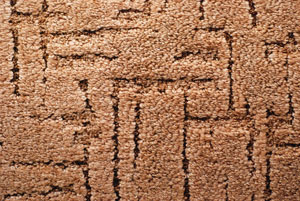Hello,
Being part of an international training organisation allows our team to keep up to date with current trends and training, this provides you with better cleaning techniques and a better service.
Being part of an international training organisation allows our team to keep up to date with current trends and training, this provides you with better cleaning techniques and a better service.
FOR IMMEDIATE RELEASE
IICRC Developing New S210 Standard on Dimensional Stone Maintenance and
Restoration and Revising S300 Standard on Professional Upholstery Cleaning
(VANCOUVER, Wash.) May 8, 2012 – The Institute of Inspection, Cleaning and Restoration
Certification (IICRC) announces the formation of consensus bodies for the development of a
new BSR-IICRC S210 Standard and Reference Guide on Dimensional Stone Maintenance and
Restoration and the revision of IICRC S300 Standard and Reference Guide for Professional
Upholstery Cleaning. Applications are now being accepted for volunteers to serve on these
consensus bodies.
“As new materials and processes are introduced into our industry, we remain committed to
ensuring the IICRC’s standards provide credible, up-to-date information,” said Mili Washington,
IICRC standards director. “Through the development of the S210 standard, we are upholding
our promise to the industry to establish an international standard of care and provide our
registrants with a knowledgeable industry voice and resource.”
The consensus bodies will meet approximately two times per year, with most of the work being
completed online and via conference calls. The new BSR-IICRC S210 standard will encompass
the initial, routine, periodic and restorative maintenance methodologies for dimensional stone
flooring and fabrication and is set to be completed in approximately 36 months. The updated
IICRC S300 standard for professional upholstery cleaning is set to be completed in
approximately 24 months.
Those interested in submitting an application to participate on the BSR-IICRC S210 or IICRC
S300 consensus bodies, please contact Mili Washington, IICRC standards director, at
mili@iicrc.org.
About IICRC
The IICRC is an international, ANSI accredited standard development organization (SDO) that
certifies individuals in 20+ categories within the inspection, cleaning and restoration industries.
Representing more than 54,000 certified technicians in 22 countries, the IICRC, in partnership
with regional and international trade associations, represents the entire industry. The IICRC
does not own schools, employ instructors, produce training materials, or promote specific
product brands, cleaning methods or systems. To know if a technician has received proper
education and training, consumers should look for the cleantrust patch and logo, the service
mark of the IICRC. For more information, visit www.iicrc.org.

